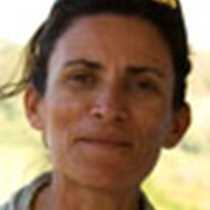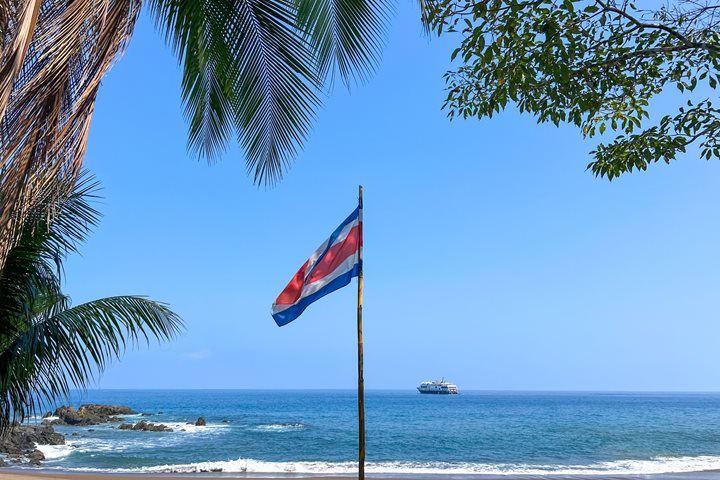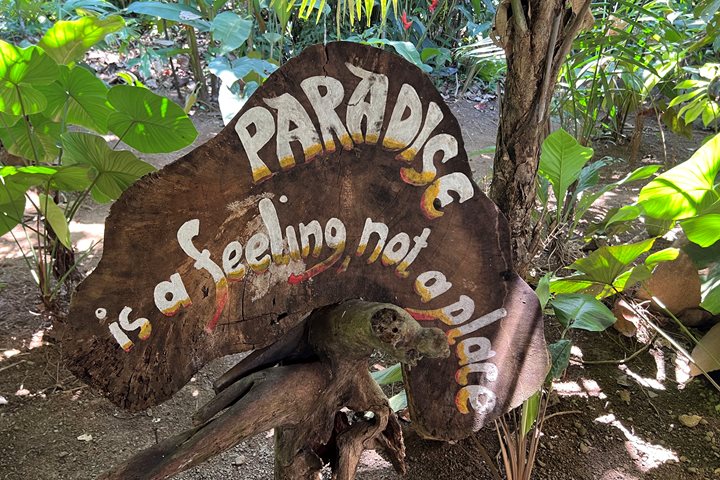The first day of our trip found us in the southernmost peninsula on the Pacific coast of Costa Rica: the Osa Peninsula. Isolated from the rest of the country for many years because of its remoteness, the peninsula preserves one of the best kept pieces of rainforest in the Meso American region. Considered one of the most biodiverse places in the world, we were lucky enough to explore it both in the morning and afternoon. Caletas Bay greeted us early for various activities such as horseback riding, a power walk, a long forest trail and a premises walk. Contrary to popular knowledge, leaf-cutter ants can be really interesting! In the afternoon we took off to Corcovado National Park, a 42,000-hectare piece of rainforest preserved since the 1980s. We could do two activities: walk to a waterfall and take a dip in it, or walk a flatter terrain trail parallel to the beach and search for wildlife. Howler monkeys, spider monkeys, horses, leaf cutter ants and army ants were waiting to be spotted.
3/20/2025
Read
National Geographic Quest
Caletas Private Reserve and Corcovado National Park
Over five days ago, we began our journey in Panama and now we’re on our last day in Costa Rica. We decided to explore one of the most important areas in terms of biodiversity, the Osa Peninsula. The Osa Peninsula is home to approximately 4% of the biodiversity in the world. For many years, people tried to mine the area because it is very rich in minerals, specifically gold. Over thirty years ago the government of Costa Rica decided to promote the country as a tourist destination and today it is a pioneer of sustainability in Central America. We began our morning activities offering different options for our guests. The first activity was a coastal walk, and some had the opportunity to see a boa, a white-throated capuchin monkey, and a mantled howler monkey. In the afternoon, part of our group chose to go for a waterfall hike led by our naturalists, and they finished at a swimming hole where they took time to relax and enjoy themselves. Other guests took the long Pargo trail where they saw a Central American spider monkey, and a tapir, one of the most difficult animals to see in the tropics. We finished our day with an amazing sunset from the bow of the National Geographic Quest , a great end to a great day.







